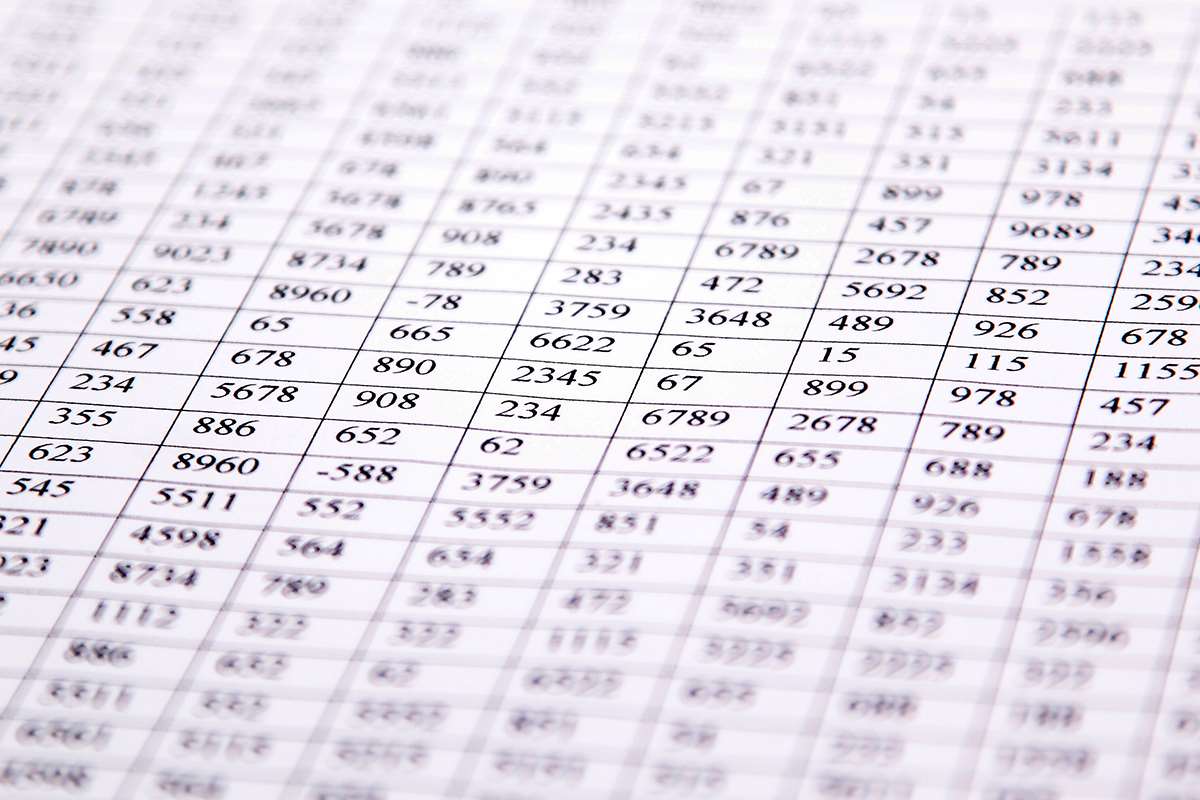
Whether your business is into providing products or services, the key metric you have to monitor is the net profit. Net profit is defined as the difference between total revenue and total cost. Analyzing revenues and expenses gives a clear indication of whether a company is performing and working effectively.
Having a clear understanding of the cost per unit helps businesses make data-driven decisions and set competitive prices while ensuring profitability. Whether you are a small business owner or a seasoned entrepreneur, the Cost Per Unit Calculator is a valuable tool for financial planning and pricing analysis. The Cost Per Unit Calculator offers significant insights into the cost efficiency of production or service delivery.
Disadvantages of VC Per Unit.
Automate warehouse and order fulfillment operations to ensure minimal human error. Electronic documents for electronic signature verification help avoid human mistakes resulting in reshipments and cancellations. It helps you amplify the SKU (stock-keeping units), which are your highest profit generators, and assists in boosting customer loyalty and satisfaction. Additionally, giving clear and accurate product descriptions, images, and specifications can help manage customer expectations and reduce the likelihood of returns. But you might charge your customers $2.50 per cookie, which is the price per unit.
The equivalent unit computation determines the number of units if each is manufactured in its entirety before manufacturing the next unit. For example, forty units that are 25% complete would be ten (40 × 25%) units that are totally complete. Partnering with a fulfillment company like Flowspace can help brands reduce their cost per unit. Flowspace’s solutions optimize logistics operations, offer inventory and order management capabilities, and utilize real-time technology to monitor fulfillment activity and inventory performance. Understanding the relationship between cost per unit and price per unit is essential for maximizing profitability. Businesses should set a price per unit based on the cost per unit and the desired profit margin.
What is Variable Cost Per Unit?
The reconciliation involves the total of beginning inventory and units started into production. Suppose a business produces 1,000 pairs of ice skates for a total production cost of $20,000. Dividing the total production cost by the number of units produced provides a cost per unit of $20 per unit. Buffers are supplies or products kept in place to deal with demand forecasting or supply chain fluctuations that can arise in the future. Improving supply chain management helps reduce excessive inventory across various processes on the supply chain. Avoid excessive safety stocks to prevent stockouts unless you are in a cyclical or seasonal industry.
- Minimizing returns, reshipments, and dead stock can all help reduce cost per unit.
- Fixed costs, such as rent and salaries, remain constant regardless of the number of units produced.
- Optimizing the cost per unit through operational efficiency, strategic supplier management, and cost reduction initiatives can lead to improved profitability and a competitive edge in the market.
- Having a clear understanding of the cost per unit helps businesses make data-driven decisions and set competitive prices while ensuring profitability.
- Another effective approach is investing in automation technology like automated warehouses and order fulfillment systems.
Reshipments can also be costly, as they involve shipping the product to the customer again after it was initially returned. Dead stock can be costly for businesses, as they have to pay for the cost of storing it, as well as the cost of eventually disposing of it. Monitoring the cost per unit over time can help businesses evaluate their efficiency levels. This analysis is essential in identifying where cost savings can occur and monitoring the impact of efficiency improvements in business operations. WareIQ provides multiple services across the fulfillment spectrum to enable you to optimize every process of the supply chain.
How Flowspace Can Help Reduce Your Cost Per Unit
The average price of a bond is calculated by adding its face value to the price paid for it and dividing the sum by two. The average price is sometimes used in determining a bond’s yield to maturity (YTM), where the average price replaces the purchase price in the YTM calculation. In basic mathematics, average price is a representative measure of a range of prices. It is calculated by taking the sum of the values and dividing it by the number of prices being examined.
Additionally, the unit cost is influenced by multiple factors, such as fixed costs, variable costs, direct and indirect costs, production volume, and more. Near the aforementioned inflection point, most of the incurred incremental per-unit costs https://www.bookstime.com/ are of variable nature, rather than fixed costs. Therefore, companies must establish set internal targets regarding the number of units to produce (and sell to the market) in order to operate at a level where profitability is near maximized.
Average Price: Definition, Calculation, and Comparison to Mean
Bondholders that are interested in knowing the total rate of return from a bond that is held until maturity can calculate a metric known as the yield to maturity (YTM). An estimate of the YTM can be calculated using the bond’s average rate to maturity (ARTM). The ARTM determines the yield by measuring the proportion of the average return per year to the average price of the bond. The unit cost, also known as the breakeven point, is the minimum price at which a company must sell the product to avoid losses. As an example, a product with a breakeven unit cost of $10 per unit must sell for above that price. Adopting advanced technologies and innovative solutions can enhance productivity, reduce labor costs, and improve overall efficiency.
The Fed’s narrow view of inflation threatens to snatch defeat from the … – Morningstar
The Fed’s narrow view of inflation threatens to snatch defeat from the ….
Posted: Tue, 14 Nov 2023 12:20:00 GMT [source]
This report shows the costs used in the preparation of a product, including the cost per unit for materials and conversion costs, and the amount of work in process and finished goods inventory. A complete production cost report for the shaping department is illustrated in Figure 5.6. Reducing fixed costs such as rent and utilities can lower warehousing expense while optimizing logistics operations can decrease variable costs such as labor and material costs. Streamlining logistics operations, reducing inventory holding costs, and minimizing time to market can all help reduce cost per unit. Streamlining logistics operations can help reduce cost per unit by reducing the amount of time and money it takes to get products from the manufacturer to the customer. Reducing inventory holding costs can be done by optimizing the inventory levels and selling off excess inventory.
When the price is above VWAP they look only to initiate long positions and when the price is below VWAP they only look to initiate short positions.
- A unit cost is a total expenditure incurred by a company to produce, store, and sell one unit of a particular product or service.
- Since technology is not going anywhere and does more good than harm, adapting is the best course of action.
- The articles and research support materials available on this site are educational and are not intended to be investment or tax advice.
- These costs are then used to calculate the equivalent units and total production costs in a four-step process.
- Our work has been directly cited by organizations including Entrepreneur, Business Insider, Investopedia, Forbes, CNBC, and many others.
- WareIQ provides multiple services across the fulfillment spectrum to enable you to optimize every process of the supply chain.
In order to calculate cost per unit, the first step is to ascertain operational profitability. If there is a reduction in the volume of units produced, total variable costs will reduce but the fixed cost per unit increases as the denominator decreases. If there is an increased output, total variable costs will increase proportionately but the fixed cost per unit will come down.









